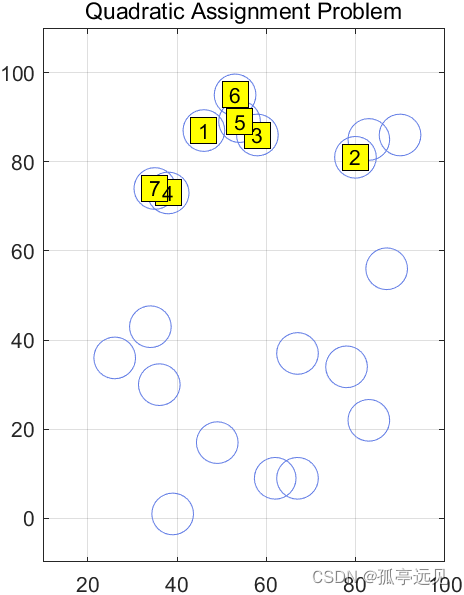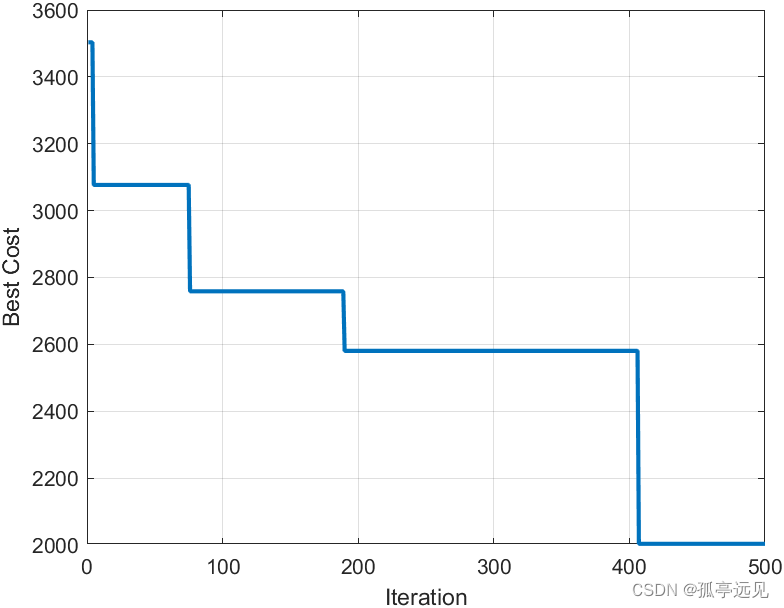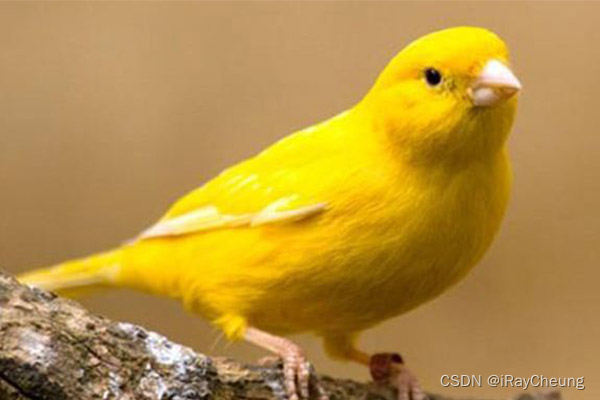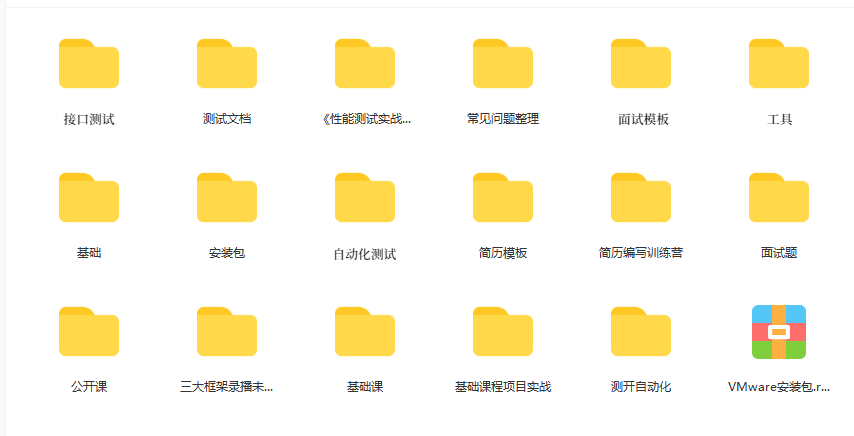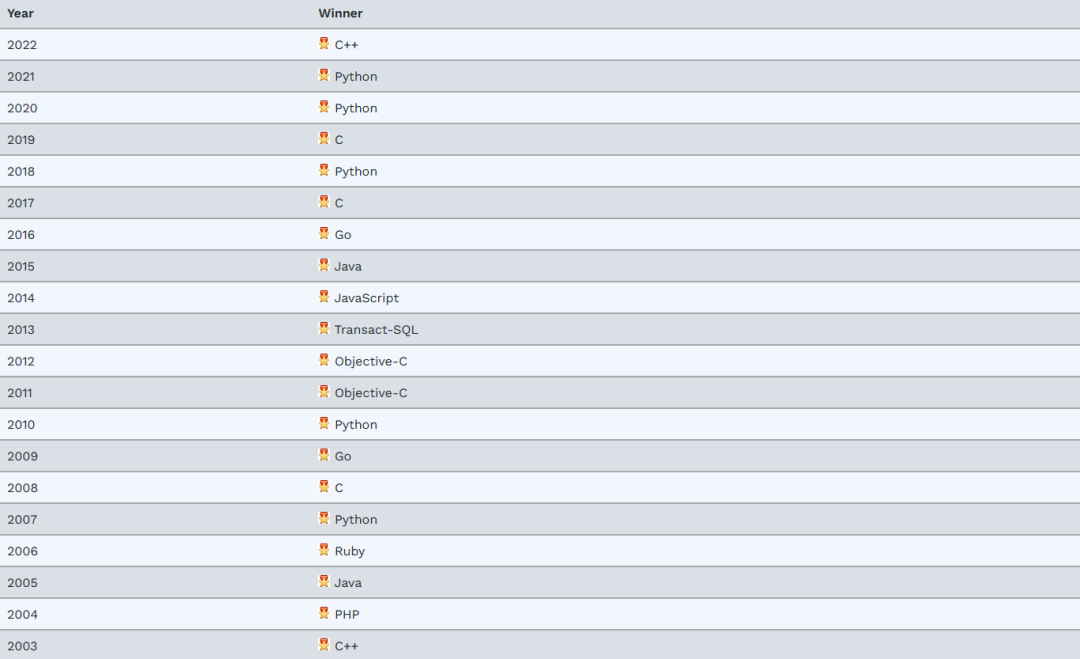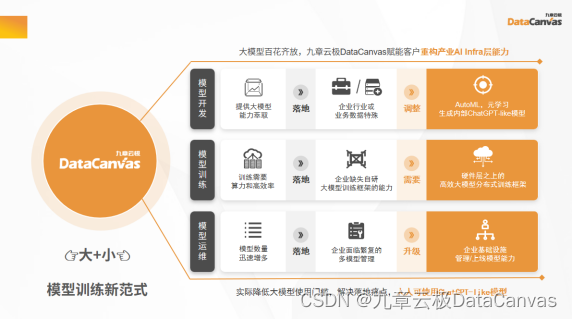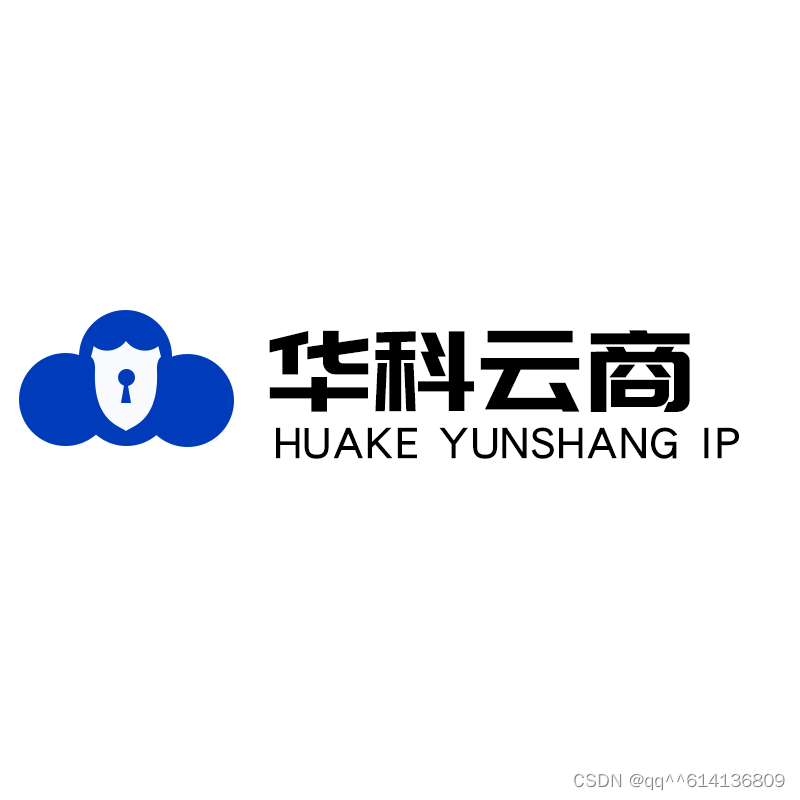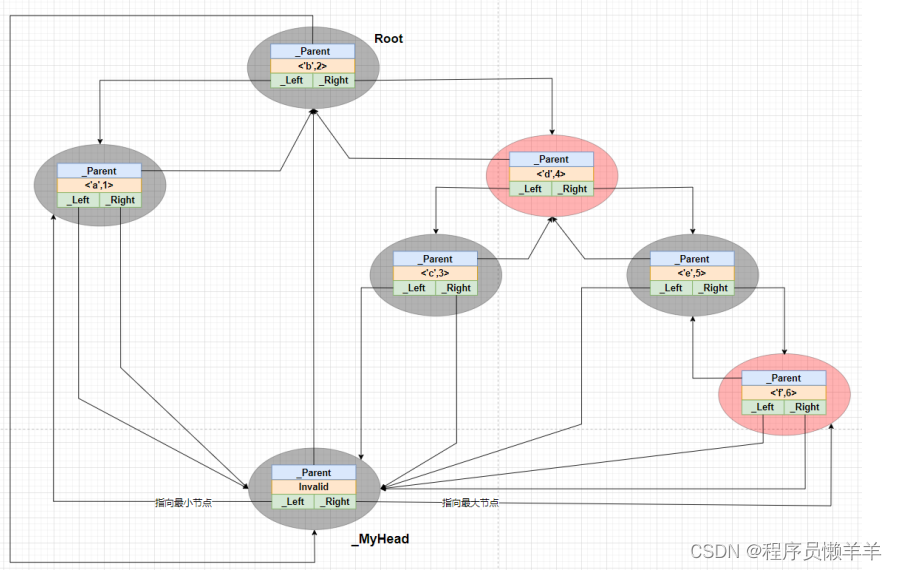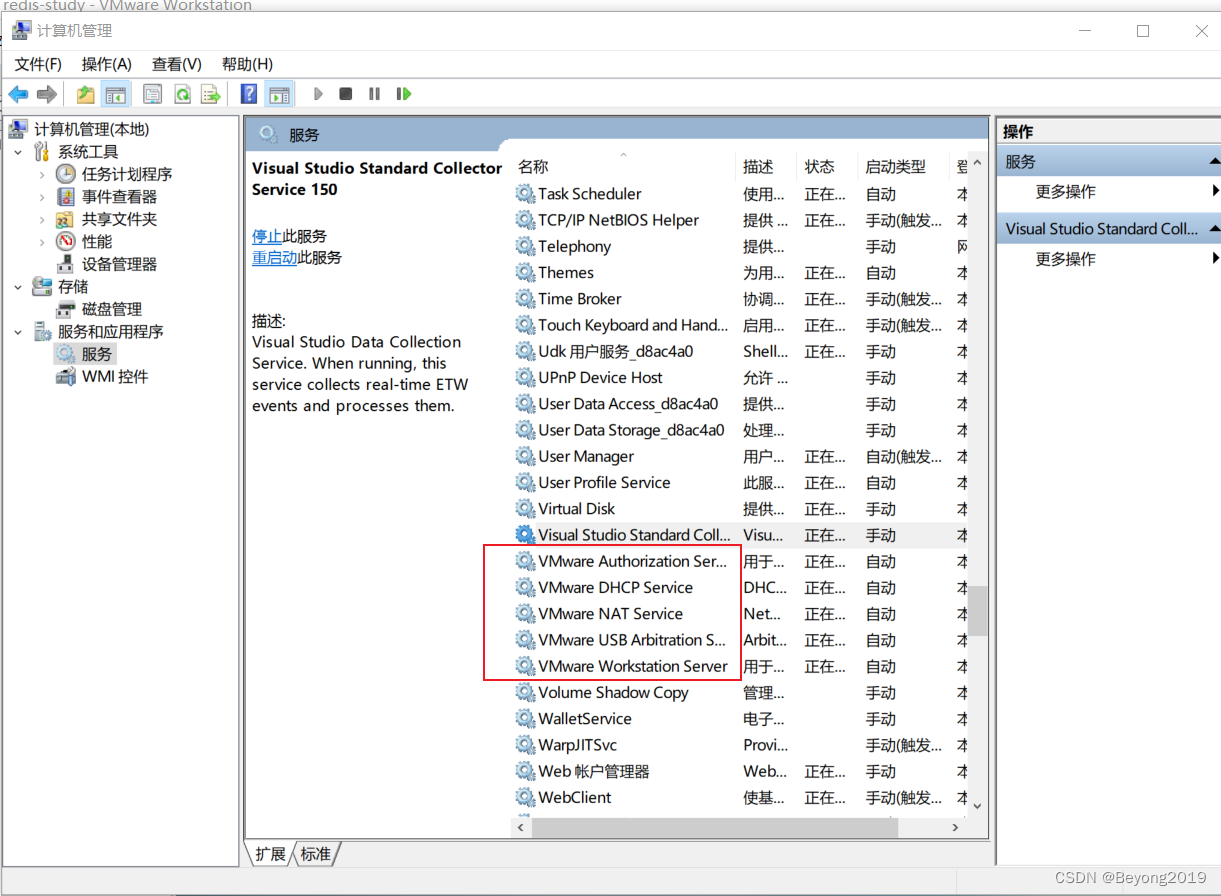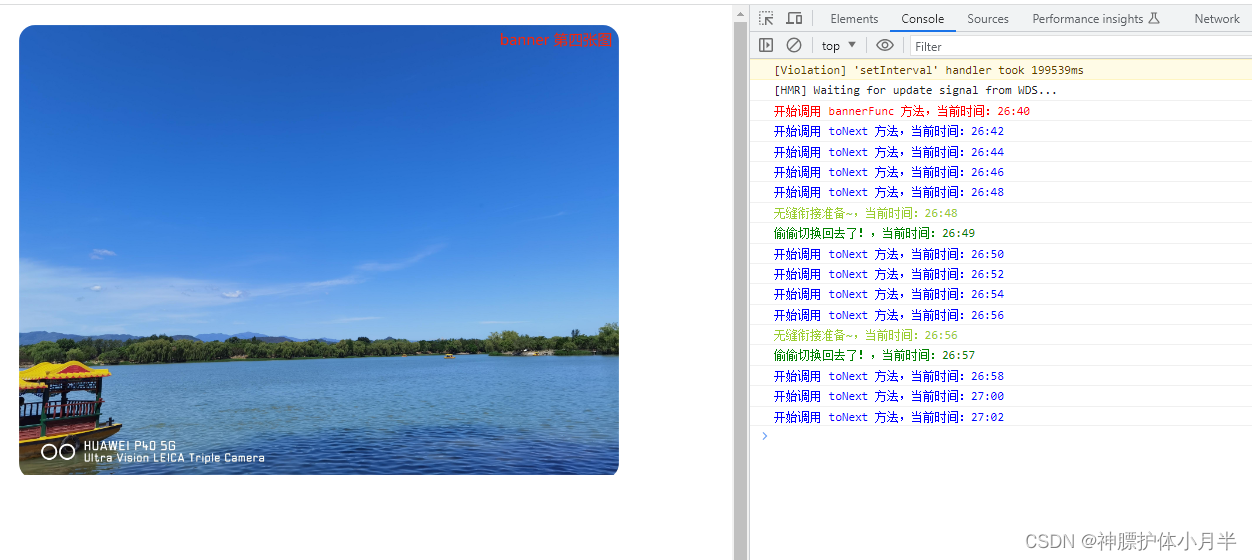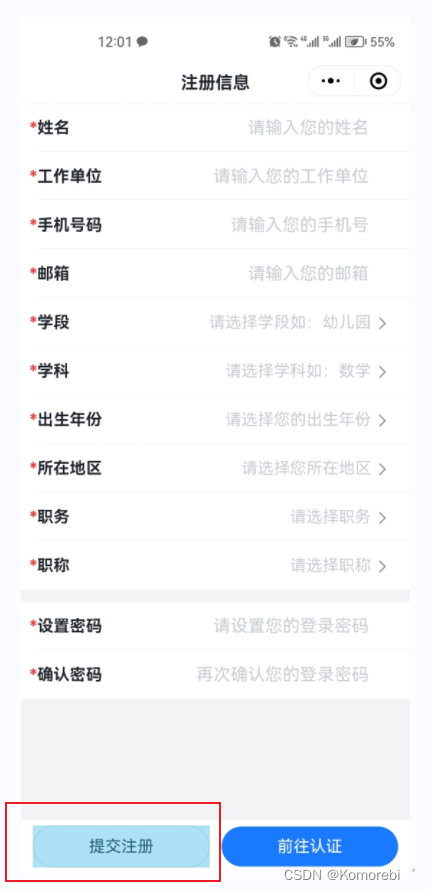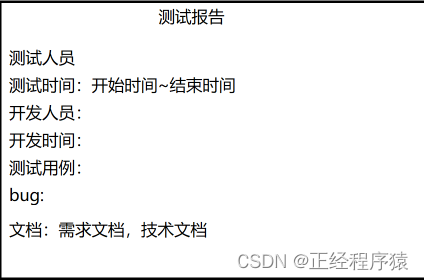目录
蚁群优化
Quadratic Assignment Problem (QAP)
主要代码
create model
Cost
RouletteWheelSelection
Plot
结果
蚁群优化
蚁群优化(ACO)是一套概率元启发法和智能优化算法,其灵感来源于蚂蚁的社会行为。ACO算法也被归类为群集智能方法,因为在这些算法的结构中通过模拟蚂蚁的行为来实现这一范式。
Quadratic Assignment Problem (QAP)
二次分配问题
主要代码
clc;
clear;
close all;
%% Problem Definition
model = CreateModel();
CostFunction = @(p) MyCost(p, model);
nVar = model.n;
%% ACO Parameters
MaxIt = 500; % Maximum Number of Iterations
nAnt = 50; % Number of Ants (Population Size)
Q = 1;
tau0 = 10; % Initial Phromone
alpha = 0.3; % Phromone Exponential Weight 弗罗蒙指数权重
rho = 0.1; % Evaporation Rate 蒸发率
%% Initialization
tau = tau0*ones(model.m, nVar);
BestCost = zeros(MaxIt, 1); % Array to Hold Best Cost Values
% Empty Ant
empty_ant.Tour = [];
empty_ant.Cost = [];
% Ant Colony Matrix
ant = repmat(empty_ant, nAnt, 1);
% Best Ant
BestSol.Cost = inf;
%% ACO Main Loop
for it = 1:MaxIt
% Move Ants
for k = 1:nAnt
ant(k).Tour = [];
for l = 1:nVar
P = tau(:, l).^alpha;
P(ant(k).Tour) = 0;
P = P/sum(P);
j = RouletteWheelSelection(P);
ant(k).Tour = [ant(k).Tour j];
end
ant(k).Cost = CostFunction(ant(k).Tour);
if ant(k).Cost<BestSol.Cost
BestSol = ant(k);
end
end
% Update Phromones
for k = 1:nAnt
tour = ant(k).Tour;
for l = 1:nVar
tau(tour(l), l) = tau(tour(l), l)+Q/ant(k).Cost;
end
end
% Evaporation
tau = (1-rho)*tau;
% Store Best Cost
BestCost(it) = BestSol.Cost;
% Show Iteration Information
disp(['Iteration ' num2str(it) ': Best Cost = ' num2str(BestCost(it))]);
% Plot Solution
figure(1);
PlotSolution(BestSol.Tour, model);
pause(0.01);
end
%% Results
figure;
plot(BestCost, 'LineWidth', 2);
xlabel('Iteration');
ylabel('Best Cost');
grid on;
create model
function model = CreateModel()
x = [67 80 62 34 54 36 53 46 39 35 83 58 87 90 83 38 26 78 49 67];
y = [9 81 9 43 89 30 95 87 1 74 85 86 56 86 22 73 36 34 17 37];
m = numel(x);
d = zeros(m, m);
for p = 1:m-1
for q = p+1:m
d(p, q) = sqrt((x(p)-x(q))^2+(y(p)-y(q))^2);
d(q, p) = d(p, q);
end
end
w = [0 6 6 3 5 5 5
6 0 6 4 -10 3 6
6 6 0 4 5 8 6
3 4 4 0 4 4 100
5 -10 5 4 0 3 4
5 3 8 4 3 0 4
5 6 6 100 4 4 0];
n = size(w, 1);
model.n = n;
model.m = m;
model.w = w;
model.x = x;
model.y = y;
model.d = d;
endCost
function z = MyCost(p, model)
n = model.n;
w = model.w;
d = model.d;
z = 0;
for i = 1:n-1
for j = i+1:n
z = z+w(i, j)*d(p(i), p(j));
end
end
endRouletteWheelSelection
cumsum 累积和
B = cumsum(A)从A中的第一个其大小不等于 1 的数组维度开始返回A的累积和。
如果
A是向量,则cumsum(A)返回包含A元素累积和的向量。如果
A是矩阵,则cumsum(A)返回包含A每列的累积和的矩阵。如果
A为多维数组,则cumsum(A)沿第一个非单一维运算。
B = cumsum(A,dim)返回沿维度dim的元素的累积和。例如,如果A是矩阵,则cumsum(A,2)返回每行的累积和。
B = cumsum(___,direction)可选择性地使用上述任何语法指定方向。必须指定A,也可以指定dim。例如,cumsum(A,2,'reverse')通过从尾到头计算A的第二个维度返回其中各行的累积和。
B = cumsum(___,nanflag)指定在上述任意语法的计算中包括还是忽略NaN值。cumsum(A,'includenan')会在计算中包括所有NaN值,而cumsum(A,'omitnan')则忽略这些值。
find 查找
k = find(X)返回一个包含数组X中每个非零元素的线性索引的向量。
如果
X为向量,则find返回方向与X相同的向量。如果
X为多维数组,则find返回由结果的线性索引组成的列向量。
k = find(X,n)返回与X中的非零元素对应的前n个索引。
k = find(X,n,direction)(其中direction为'last')查找与X中的非零元素对应的最后n个索引。direction的默认值为'first',即查找与非零元素对应的前n个索引。
function j = RouletteWheelSelection(P)
r = rand;
C = cumsum(P);
j = find(r <= C, 1, 'first');
endPlot
function PlotSolution(p, model)
x = model.x;
y = model.y;
plot(x, y, 'o', 'MarkerSize', 20, 'Color', [0.4 0.5 0.9]);
hold on;
plot(x(p), y(p), 'sk', 'MarkerSize', 16, 'MarkerFaceColor', 'y');
n = model.n;
for i = 1:n
text(x(p(i)), y(p(i)), num2str(i), ...
'HorizontalAlignment', 'center', ...
'VerticalAlignment', 'middle');
end
title('Quadratic Assignment Problem');
hold off;
axis equal;
grid on;
alpha = 0.1;
xmin = min(x);
xmax = max(x);
dx = xmax - xmin;
xmin = floor((xmin - alpha*dx)/10)*10;
xmax = ceil((xmax + alpha*dx)/10)*10;
xlim([xmin xmax]);
ymin = min(y);
ymax = max(y);
dy = ymax - ymin;
ymin = floor((ymin - alpha*dy)/10)*10;
ymax = ceil((ymax + alpha*dy)/10)*10;
ylim([ymin ymax]);
end结果
Iteration 500: Best Cost = 2003.5414
